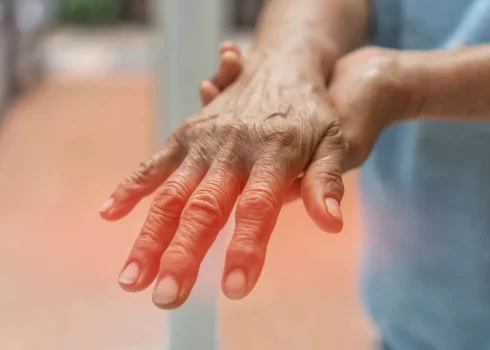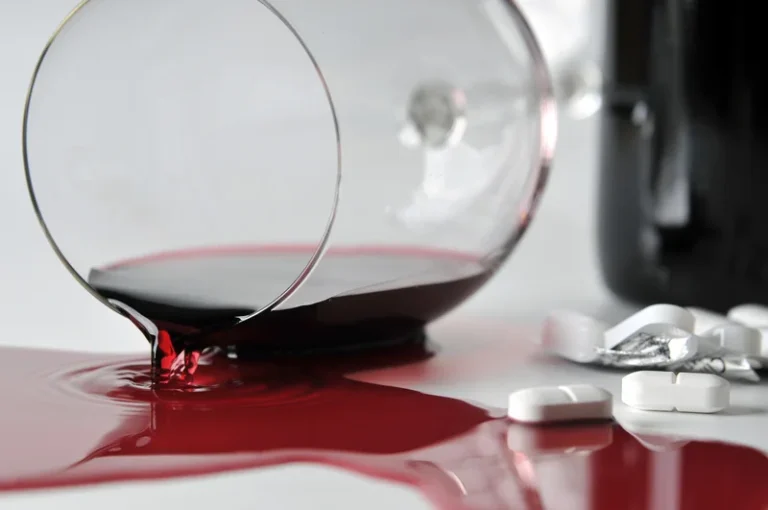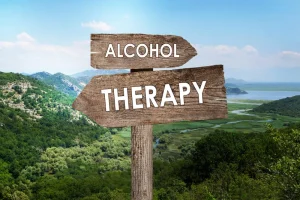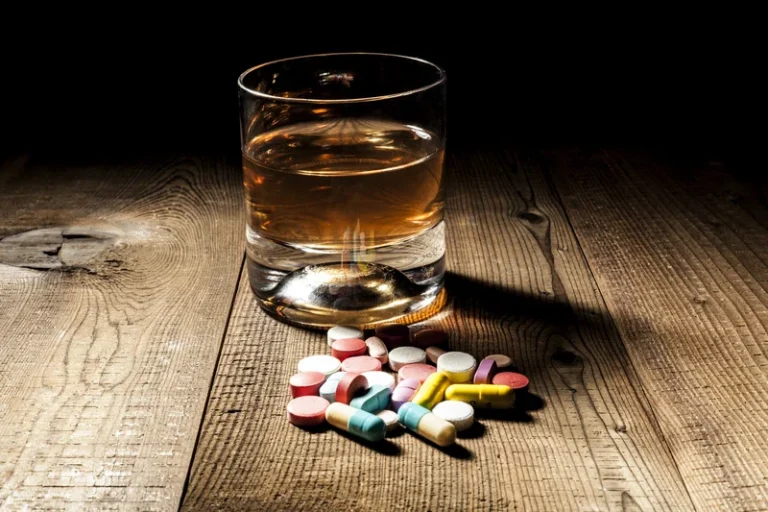
For anabolic steroids, this is referred to as steroid use disorder. They may also develop an addiction to stimulant medications such as Ritalin, amphetamines, and illicit drugs like ecstasy and cocaine. An athlete’s sources for PEDs may extend their supply to include other forms of illegal substances. Stimulants are drugs that act on the central nervous system by speeding up physical processes. It can mean increased heart rate and blood flow and elevated body temperature.
The Athletic
- Note that GlobalDRO does not have information about dietary supplements.
- For example, artificial testosterone leads to stopping endogenous production of natural testosterone in the body.
- A treatment center will attempt to verify your health insurance benefits and/or necessary authorizations on your behalf.
- “But everyone else is doing it” might not be an argument a teenager is going to win with a parent, but in the case of professional athletes and PEDs, the argument is one that the sporting world should accept.
- David Millar, the 2003 World-Time Trial Champion, admitted using EPO, and was stripped of his title and suspended for two years.
Proponents of allowing athletes to blood-dope argue that blood-doping is already so prevalent that banning it now would lessen the sport, that the methods are safe for athletes, and that the same effects can be achieved by working out at high altitudes. Blood transfusions can be classified as autologous, where the athlete receives pre-prepared doses of his/her own blood, or allogenic, https://ecosoberhouse.com/ where the transfused blood comes from someone else. Athletes who choose to use this method generally begin undergoing blood withdrawals several weeks before a competition, building up a supply of blood between 450 millilitres and 1800 millilitres. The plasma is returned to the body during the withdrawal while the corpuscular elements—basically the red blood cells (RBCs)—are stored.
- Drug dependence, aggressive behavior, and psychiatric disorders are also possibilities, among many more.
- If EPO levels are too high the body will produce too many red blood cells which can thicken the blood, leading to clotting, heart attack and stroke.
- Opponents of allowing athletes to use HGH argue that any doping is cheating and doping allows a culture of coercion, bribery, unsafe medical practice, and unsportsmanlike conduct.
- Instead, the media and the public are most concerned with doping in major league sports.
- As with any drug use, the exact reasons an athlete turns to drugs in sport are personal.
Peptide Hormones, Growth Factors, and Related Substances

It is important to note that from the legal point of view, the athlete is 100% responsible for the substances that enter his body. Thus, if the athlete ingests accidentally an forbidden substance, he is still responsible for it. The existence of rules and Codes, as well as Anti-Doping Procedures and Biological Passports make doping more and more difficult to achieve. Much of the substances used today can be easily detected, but the development of new, cheaper and faster methods could help the Anti-Doping Federation.
Performance-enhancing effects of substances used by athletes

It also raises the levels of the protein in red blood cells that carries oxygen to the body’s organs, called hemoglobin. The primary medical use of these compounds is to treat delayed puberty, some types of impotence, and wasting of the body caused by HIV infection or other muscle-wasting diseases. Some physiological and psychological side effects of anabolic steroid abuse have potential to impact any user, while other side effects are gender specific. Professional athletes are already drug tested regularly, with random drug tests being the most common form of carrying this out. The benefit to these random drug tests is that it prevents athletes on drugs from cheating the system if they are unaware of when testing is happening. The pressure that comes with being a competitive athlete with a team, fans, and family behind them can be intense, and in many cases, can prompt the abuse of alcohol or drugs in sport.


For addiction to certain drugs, there are also medicines that can help you re-establish normal brain function and decrease your cravings. It causes a person to take drug use in sports drugs repeatedly, despite the harm they cause. There are seven different types of drugs, and pharmacologists categorize them based on how they affect the body.
Examining mortality risk and rate of ageing among Polish Olympic athletes: a survival follow-up from 1924 to 2012
Athlete Testing Guide Sport Integrity Australia

GamesDaily puzzles
- It does not affect the actual mental anxiety but takes care of the physical manifestations.
- The Australian Sports Anti-Doping Authority (ASADA) notes that ‘The ABP differs from traditional detection methods by looking for the effects of blood doping rather than detecting the prohibited substances or methods used.
- Amphetamines can cause damage to the liver, kidneys and cardiovascular system, and cause hallucinations and violent behaviour, while long term use can change the structures of the brain involved with memory and emotion.
